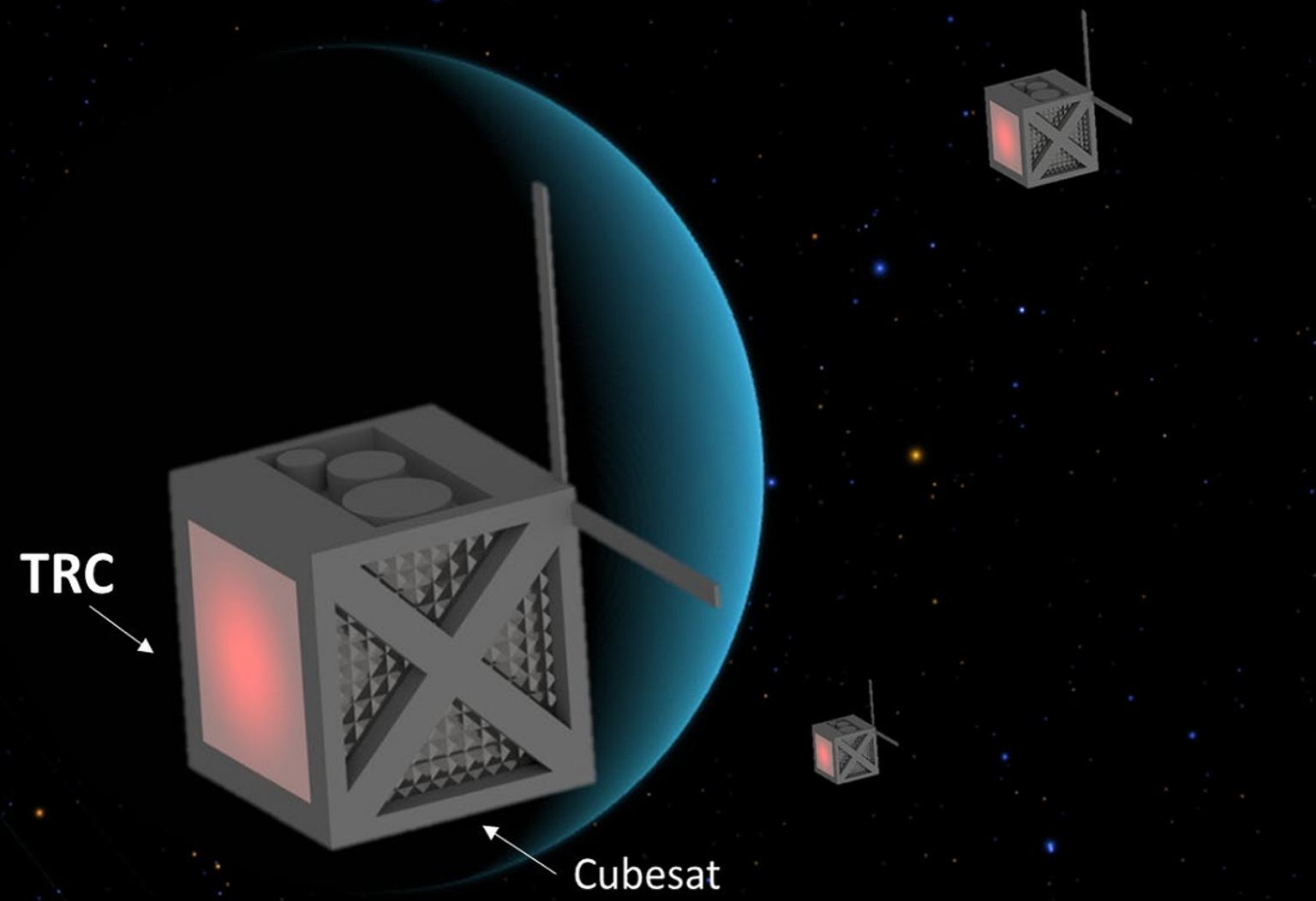Missions to distant planets of the Solar System need energy sources that would not depend on sunlight. Engineers suggest using new, more powerful thermoradiative cells instead of RTGS.

How to provide the probe with energy without the Sun
Researcher Stephen Polly, who works in the NanoPower laboratory at the Rochester Institute of Technology, proposed using thermoradiative cells for future space missions. They should become a new source of energy where radioisotope thermoelectric generators (RTGs) have been used so far.
In the next few decades, scientists plan to launch a number of long-term missions to Jupiter, Saturn, Uranus and Neptune. In many ways, this has become possible thanks to the new ion engines. However, they need a considerable amount of electricity, and using solar arrays away from the Sun is simply inefficient due to the small amount of light.
In past missions, such as New Horizons, RTGs were used. They use the energy of radioactive decay without a nuclear chain reaction, which is directly converted into electrical energy. However, these devices are very heavy and expensive, so scientists have offered them an interesting alternative.
Thermoradiative cells
Stephen Polly is engaged in metalorganic vapor phase epitaxy, or MOWPE. This is a technology of layer-by-layer vapor deposition of various compounds, the result of which is the production of thin films with various interesting properties. In particular, all LED devices are manufactured in this way.
Polly suggested using MOWPE to produce thermoradiative cells. Their principle of operation is somewhat similar to RTG, but instead of a massive energy assembly of radiation, small particles of material covered with a film are carried out.
The last one heats up under the influence of radiation and begins to glow, and already this light is converted into electricity by solar cells. According to the scientist, compared with conventional RTGs, thermoradiative cells have ten times higher specific power by weight — 30 W/kg versus 3 W/kg.
All this will make the energy sources for spacecraft really small. Thanks to this, it will be possible to use Cubesats for long missions. The development of interplanetary probes will be reduced and they will be able to launch in much larger numbers.
According to phys.org
Follow us on Twitter to get the most interesting space news in time
https://twitter.com/ust_magazine

